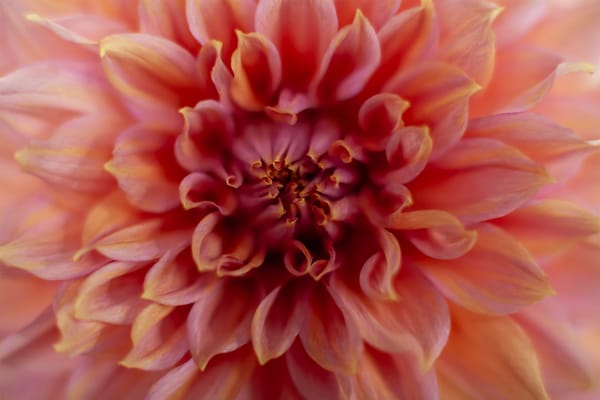As autumn slips into winter, the last vibrant blooms of the dahlia season give way to one of the great quiet rituals of gardening: the careful, often debated, art of overwintering. In Cornwall, where the climate walks a soft line between maritime mildness and unpredictable wet spells, storing and protecting dahlias becomes both a practical concern and a seasonal rite. This guide blends lifestyle wisdom with hands-on advice — helping you choose the best method for your garden, climate, and time.
The Traditionalist’s Choice: Lifting and Storing
For many gardeners, lifting and storing dahlia tubers is a time-honoured tradition — a mindful task that signals the changing season. Particularly suited for inland gardens prone to frost or heavy, waterlogged soils, this method requires a careful hand:
- Cut back stems after the first frost blackens them, leaving around 4–6 inches.
- Lift gently with a garden fork, starting at least a foot from the stem to avoid damage.
- Cure and dry the tubers upside down in a cool, airy place for 48 hours.
- Pack them in crates or boxes surrounded by a breathable medium like vermiculite, wood shavings, or dry compost.
- Store in a frost-free, damp-controlled shed or garage (4–10°C is ideal).
Cornish Tip: Mild winters may spare you hard frosts, but damp sheds and humid garages can wreak havoc. Check monthly and ensure airflow.
The Laid-Back Method: Leave-In with Mulch
In Cornwall’s sheltered coastal spots or sandy, well-drained soils, dahlias can overwinter happily in the ground — if given the right cover.
- Cut back stems after frost.
- Apply a thick, loose mulch (6–8 inches) of straw, shredded leaves, compost, or well-rotted manure.
- If needed, add an upturned pot or horticultural fleece for extra protection.
This method works best in raised beds or sloped borders with good drainage — standing water is a greater threat than frost.
Cornish Tip: Check your mulch midwinter. Top up if compacted by rain or wind.
The Space-Saver’s Secret: Container Care
For patio growers or those short on storage, overwintering dahlias in pots offers flexibility:
- Cut back stems after frost.
- Move containers to a frost-free space — unheated greenhouses, garages, or porches.
- Water lightly or not at all during dormancy.
- Wrap pots with fleece or bubble wrap for insulation.
Container overwintering shines in Cornwall’s temperate corners, but be vigilant for pests like slugs or rodents sneaking into storage areas.
Troubleshooting Common Issues
| Problem | Cause | Solution |
|---|
| Rotting Tubers | Excess moisture, poor airflow | Ensure thorough drying; check monthly; dust with sulphur powder |
| Dehydration | Overly dry storage | Mist storage medium if tubers shrivel |
| Pests | Damp, dark storage | Secure storage, check regularly, use natural deterrents |
Lifestyle Tip: Label your tubers before cutting back — a small step that saves a world of spring confusion.
Climate-Smart Choices for Cornwall and Beyond
| Climate | Best Method | Key Concern |
| Frost-prone inland | Lifting & storing | Frost damage, rot |
| Coastal/mild | Leave-in mulching | Winter wet |
| Urban/Container | Pot overwintering | Rot, pests |
Cornish winters lean towards damp rather than deep freeze, making drainage, airflow, and pest control your biggest allies.
Mulching with Purpose: Eco-Friendly Options
Biodegradable mulches like straw, autumn leaves, compost, and sheep wool fleece offer natural insulation, soil enrichment, and a slug-deterring bonus. Avoid plastic sheeting unless carefully vented, and opt for layers that protect without suffocating.
Lifestyle Tip: Use materials you can later work into your soil — a small win for soil health and garden biodiversity.
The Lifestyle of Overwintering
Beyond practicality, overwintering dahlias invites a rhythm of care that threads the seasons together. It’s a gesture of stewardship — protecting the hidden life beneath the soil or on your potting shelf. With mindful attention and the right method for your climate, you’ll greet spring with strong, healthy tubers ready to burst into bloom again.











